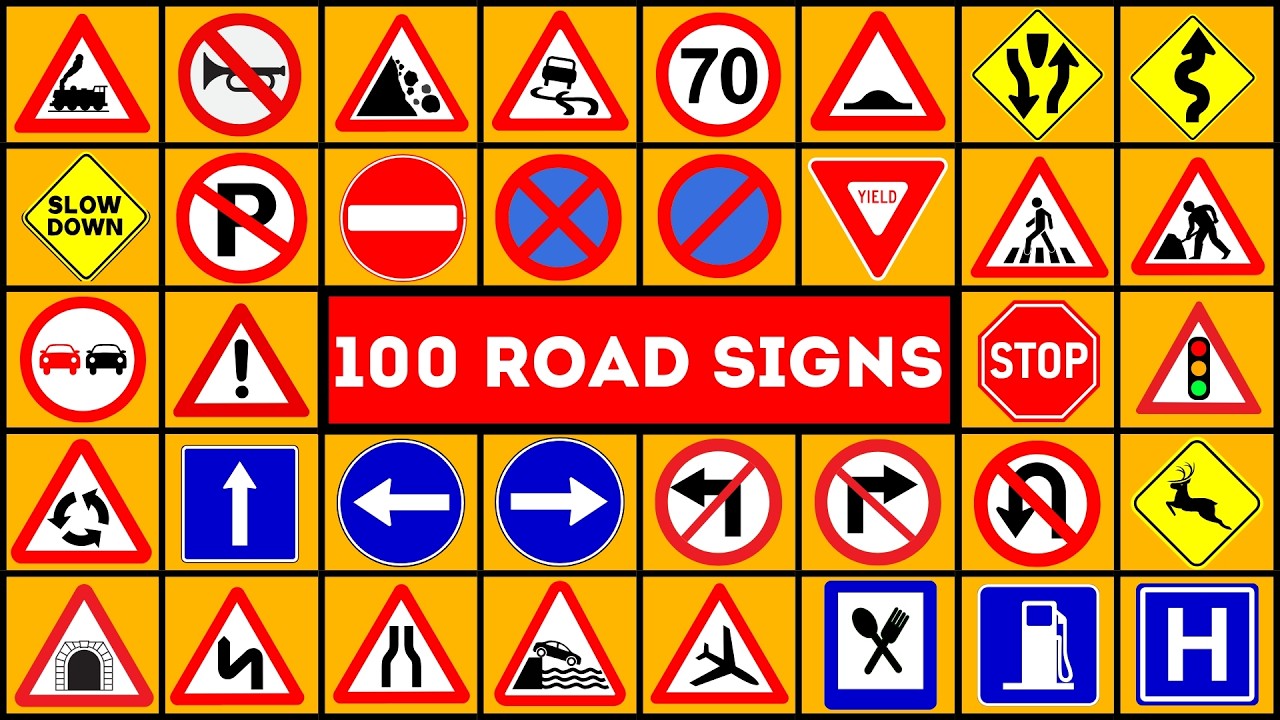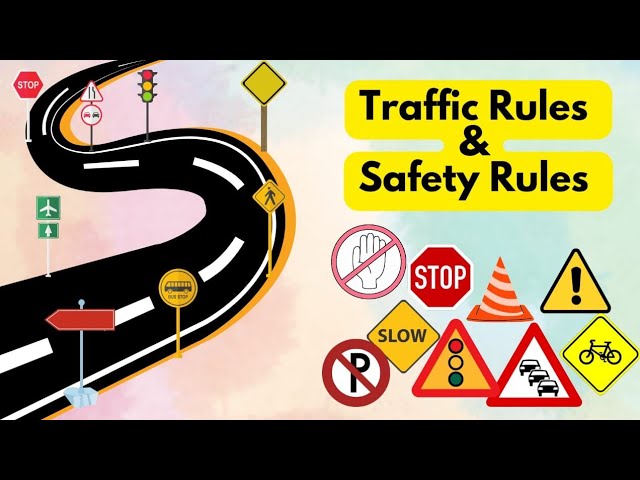

Comprehensive resources, practice tests, and expert guidance to help you pass your driver's license test
K53 is a defensive driving system designed to prevent or minimize potential road hazards, collisions with other road users (vehicles, pedestrians), and obstacles. The K53 driving test evaluates a new driver's ability in terms of vehicle handling, control, adherence to traffic laws, signs, signals, and markings, as well as their capacity to deal with traffic conditions and other driving challenges.

The modules and practice tests below will help you become a safer, more competent driver ready to pass your K53 test with confidence.






Note: On approach to the vehicle, the examiner will request you to conduct a pre-trip exterior inspection before entering.
Note: Items 1-2 and 5-6 must be checked in sequence.
Note: Always ensure the vehicle is in neutral before starting.
Download the complete K53 practical driving manual for detailed information, diagrams, and official guidelines to help you master every aspect of the driving test.
 Download Full Manual
Download Full Manual